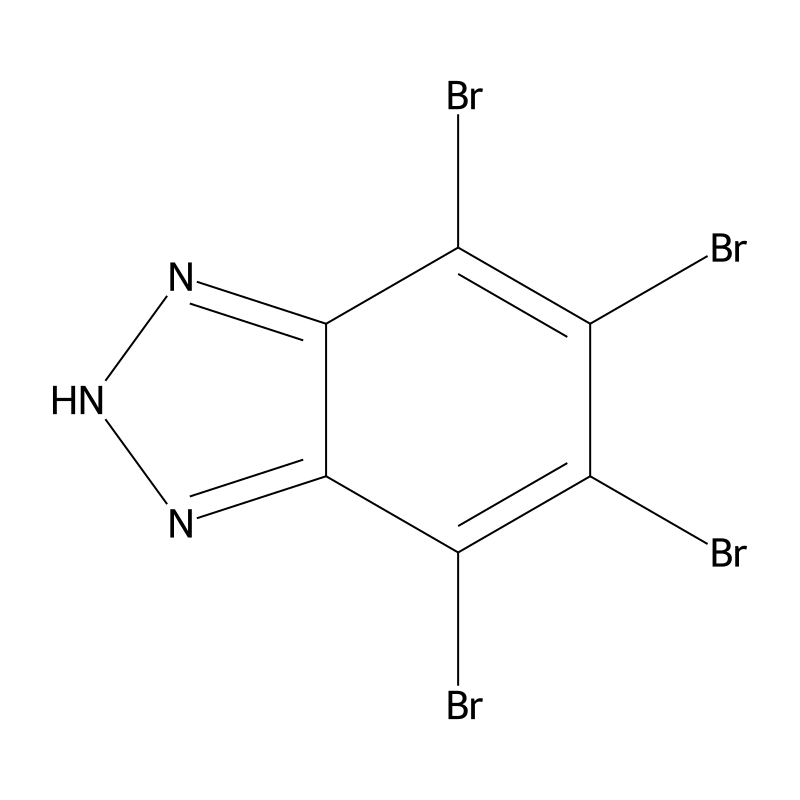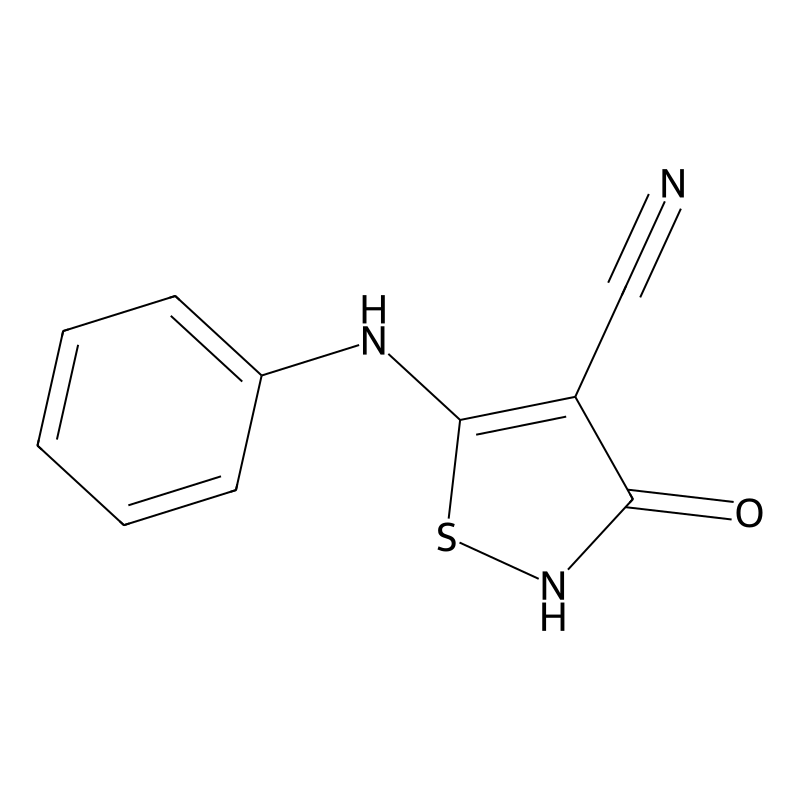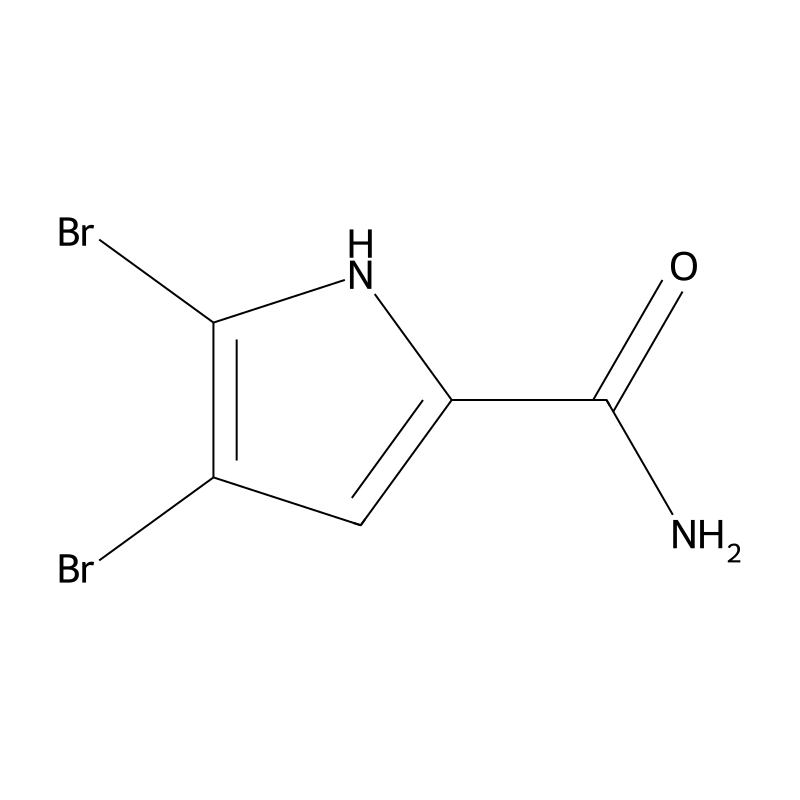AGE/RAGE Pathway
CAS No.:17374-26-4
Molecular Formula:C6HBr4N3
Molecular Weight:434.71 g/mol
Availability:
In Stock
CAS No.:1137-65-1
Molecular Formula:C10H7N3OS
Molecular Weight:217.25 g/mol
Availability:
In Stock
CAS No.:72908-87-3
Molecular Formula:C8H8N2O2
Molecular Weight:164.16 g/mol
Availability:
In Stock
CAS No.:125118-55-0
Molecular Formula:C11H11N5O2
Molecular Weight:245.24 g/mol
Availability:
In Stock
CAS No.:34649-20-2
Molecular Formula:C5H4Br2N2O
Molecular Weight:267.91 g/mol
Availability:
In Stock


![6,7-dihydropyrrolo[2,3-c]azepine-4,8(1H,5H)-dione](/img/structure-2d/800/S615194.png)


